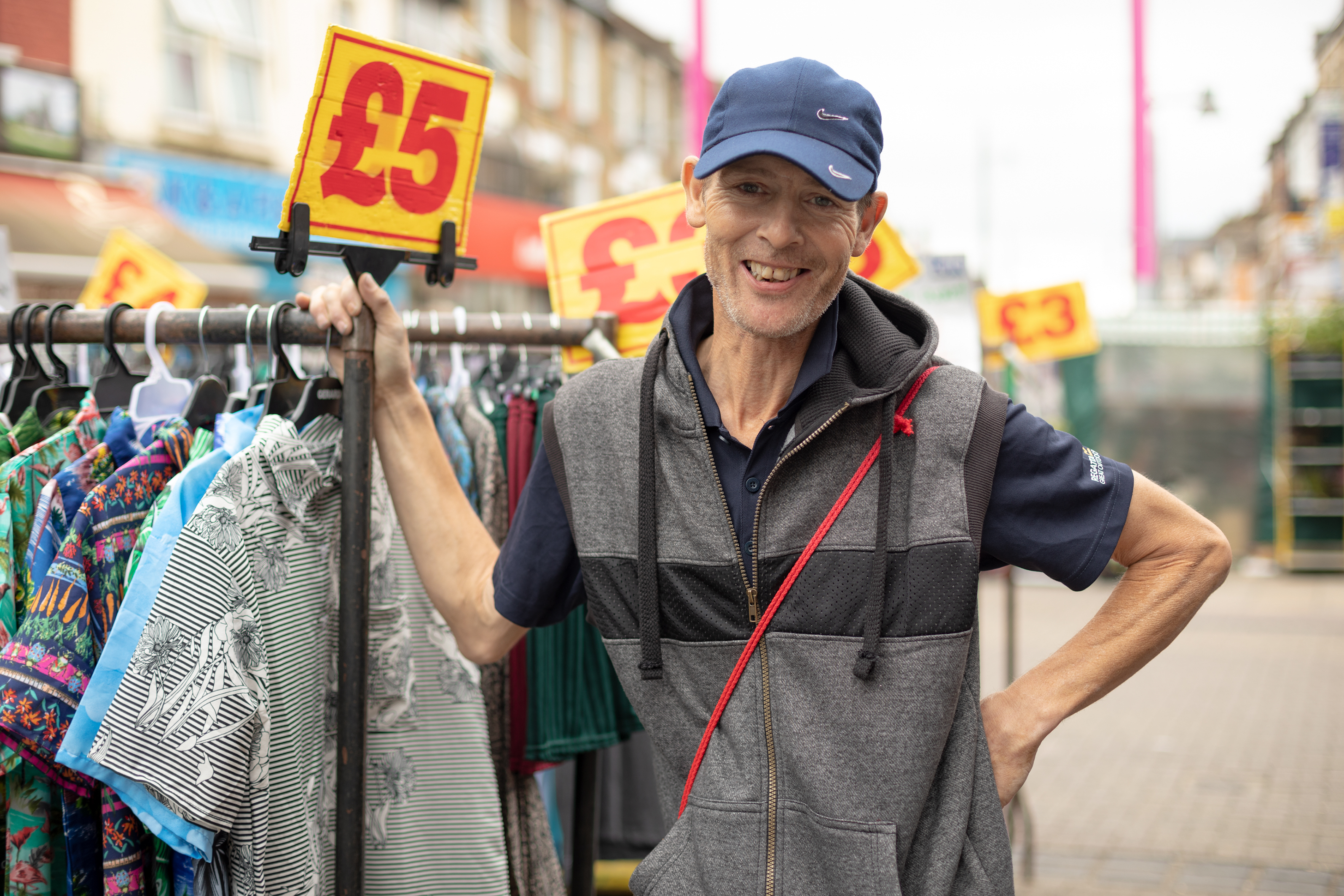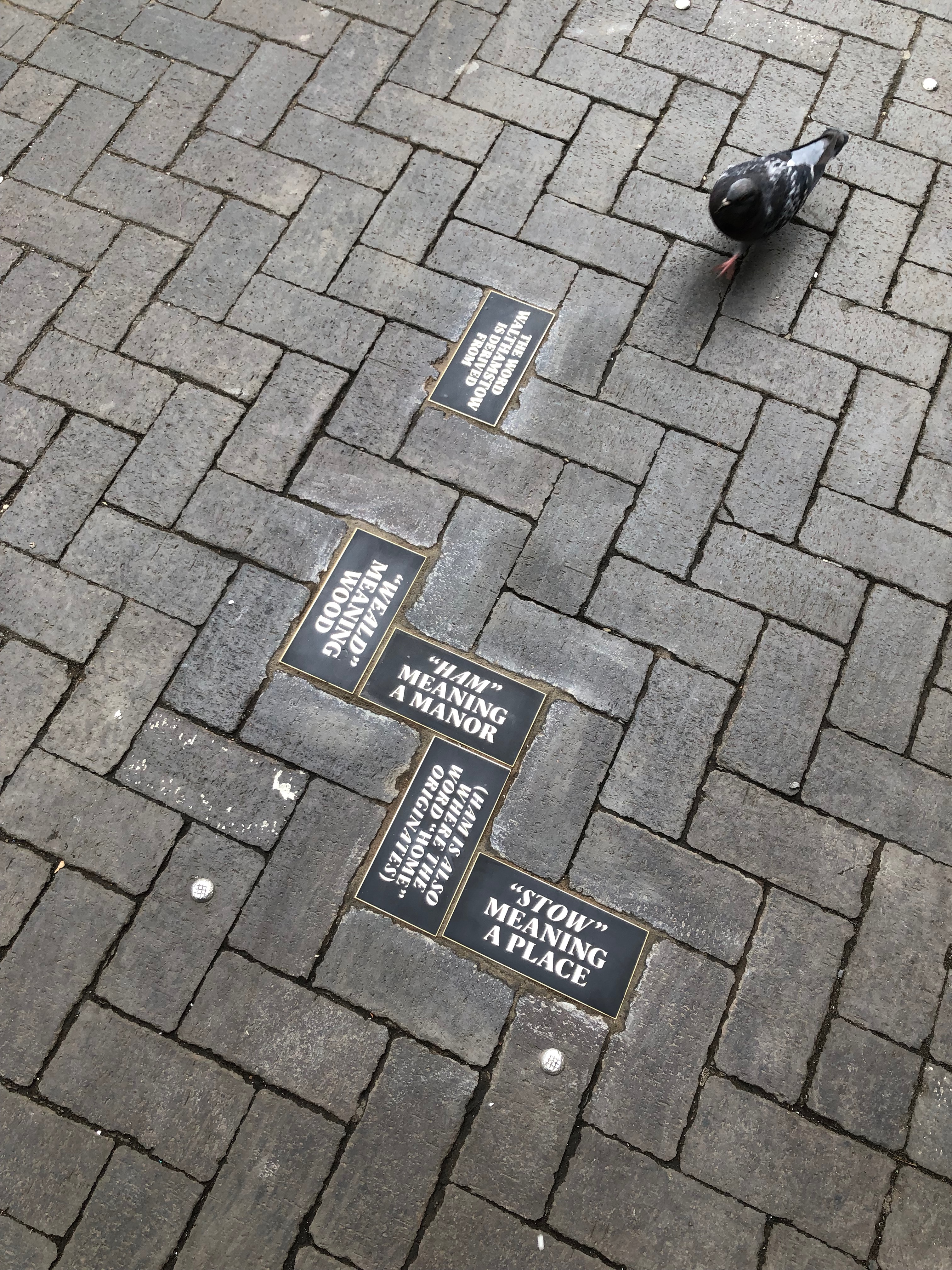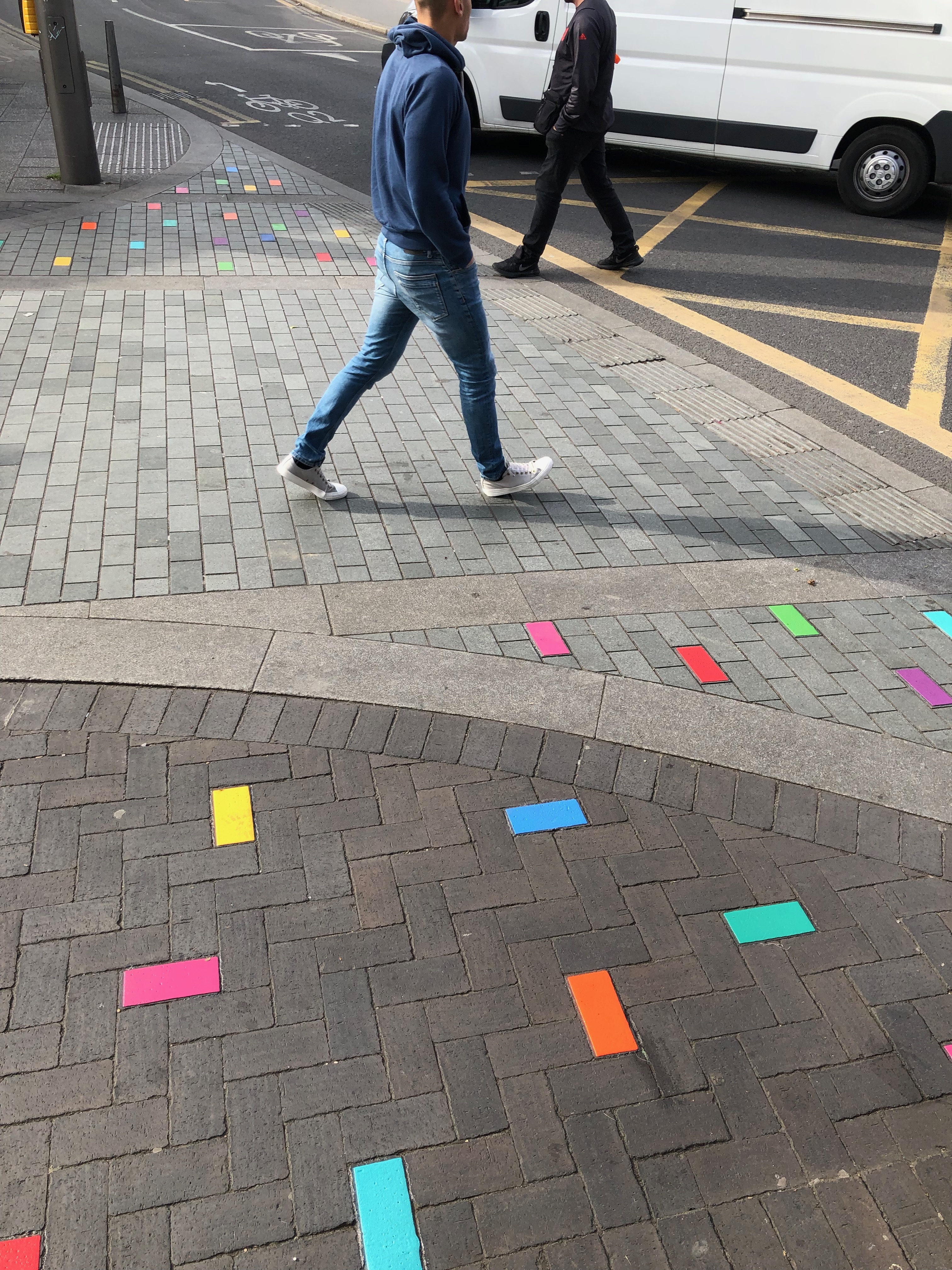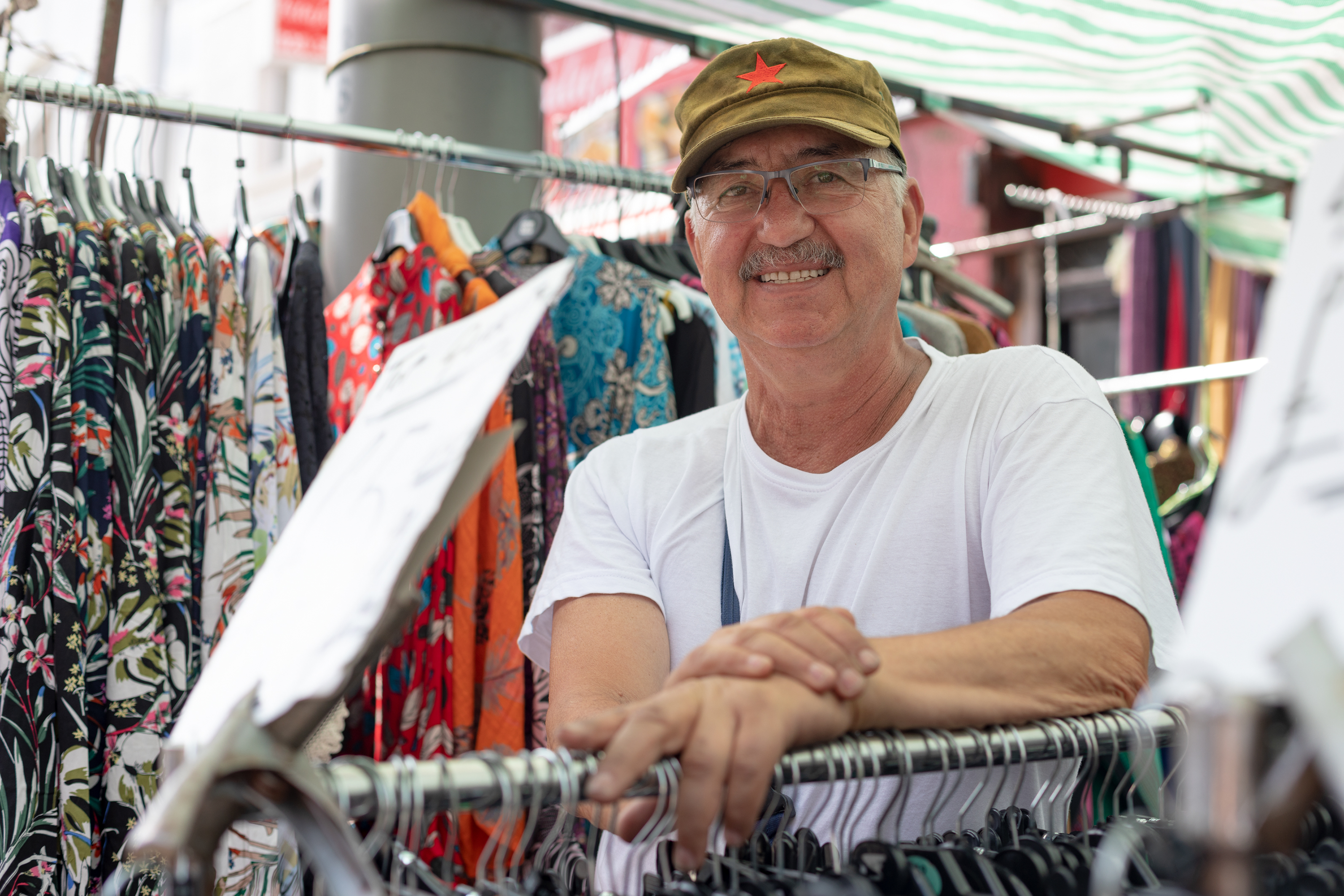Post
JOURNAL 2020 | 'Out in the Stow' - Walthamstow Market
25 Mar 2020
From the 2020 edition of the Journal of The London Society - complete contents and details on how to get your copy can be found here.
How can 'Europe's longest street market' adapt to the changing population now being attracted to the cultural delights of Walthamstow? asks Roland Karthaus
Walking down Walthamstow market with my new-born son in his pram used to be the only sure way to lull him to sleep. Inexplicably, some babies will only nod off in a cacophony of noise; the competitive shouting of the traders and background hubbub of the market seemed to work for him. It's also a nice, long walk – reputedly the longest street market in Europe – and whilst the surroundings have changed a lot in the past decade, the market itself has altered very little.
Walthamstow market was established in 1885, a local authority concern that protects the traders’ rights and means that it can’t be simply ‘curated’ in the way that many private markets are. The 300 plus street traders co-exist with hundreds of shops and businesses shops along a one-kilometre stretch of the High Street and sell a bewildering range of groceries, clothing, homewares and other goods. At first glance, there seems to be a lot of duplication, but then you begin to identify the subtle differences in goods aimed at customers from different cultures and ethnicities. The sheer size of Walthamstow market means that it doesn't specialise in one or even a few cultures – it specialises in variety and this is what gives it a unique energy and vitality. Shoppers travel from across London for things they can’t find elsewhere and because of the unique experience on offer. It’s a magical thing that curated markets can never quite achieve, but at the same time appears messy and slightly chaotic. There are many problems with the layout and organisation; it doesn’t cater well for older people, kids, or those with mobility issues, and the intensity can be intimidating.
The birth of 'Stow'
Walthamstow began as a staging post on the ‘Black Path’ that linked Epping with the city markets. The railway fuelled rapid urban expansion in the 19th Century (Leytonstone was at one point the fastest urbanising area in Europe), and since then Walthamstow’s fortunes have risen, fallen and risen again, though it remained comparatively affordable until about a decade ago. This recent upswing has also meant many residents, retailers, artisans and artists moving out to cheaper areas, and the famous dog track being redeveloped for residential accommodation, just as the sport was being rediscovered and celebrated more widely. Affordable housing is now in short supply and homelessness has become a more common threat for many. It's a familiar London story, but the distinctive characteristics of Walthamstow are deeply rooted enough that it retains its strong sense of place and community resilience.
Accommodating everyone
The demographic of Walthamstow has changed dramatically over the 15 years that I’ve lived there; whilst in the first few years this influx of young professionals was largely confined to the pre-Victorian village area, now there are high-density blocks of flats appearing across the town and house prices have increased many times over. The High Street isn’t really aimed at these new residents, who are cash rich and time poor, and it needs to find ways of serving them too without losing its identity or existing patronage – a common conundrum of gentrification.
Architecturally, Walthamstow seems initially unremarkable save for a few gems: a huge Grade II* Art Deco cinema, which is being renovated by the council; Waltham Forest Council’s Town Hall campus, a prominent 1930’s and 40s mixed-use building; William Morris’s house and gardens; and the unique turn-of-the-century Warner estate housing. But the limited number of iconic buildings allows the civic and urban quality of the wider townscape to prosper. The High Street has a strong Victorian urban character, which lends great strength to the place, but is weakened by post-war development devoted to retail servicing and car parking, severing the pedestrian connections and giving a ‘stage set’ feel to the main shop frontages.
The future of the High Street
For the High Street to remain relevant to the new residents, it needs to embrace the night time economy. Most shops are closed by 6pm, just as many commuters are returning home, but new bars and restaurants are beginning to emerge, first as pop-ups and then permanently such as the Jellied Eel in the listed Manze’s pie and mash shop. At the quieter end of the high street, container-based Crate offers affordable spaces for craftspeople and independent retailers, and a recent grant from the GLA is being used to enhance evening activities.
Walthamstow is incredibly lucky that its High Street is still relatively vibrant and economically healthy, but high streets only exist due to their context and the wider civic, voluntary, leisure and business functions are more important than ever as physical shops struggle to survive the challenge of online shopping. Walthamstow’s strong history of community and voluntary action continues through many local organisations, providing a safety net to vulnerable residents and maintaining community cohesion. Waltham Forest was London’s first Borough of Culture in 2019 and the bid made a strong case for reaching out to marginalised groups; its legacy will hopefully help to strengthen this culture.
My architecture practice Matter has been working with the council and the High Street over the past two years, testing ways of improving the public realm through pilot projects and consulting with the traders, shoppers and residents to explore how the market can broaden its offer whilst maintaining its historic strength and resilience. The brief is to develop a strategy for the High Street as a whole; to gradually knit it more firmly into the existing and new surroundings, overcoming some of the disconnections that have arisen over time. We’re drawing on its history as a common language for people to engage with and to connect more deeply with the place. As an architect it’s a different way of working from the norm – there’s no simple start and end to the project as there usually is with buildings – it’s more of an ongoing work in which we’re contributing to the rich history of a special place that also happens to be my home.
Roland Karthaus is a director of Matter architects, a visiting lecturer at the University of East London, and a Walthamstow resident. Find out more about Matter's public realm and placemaking strategy for Walthamstow High Street here.



